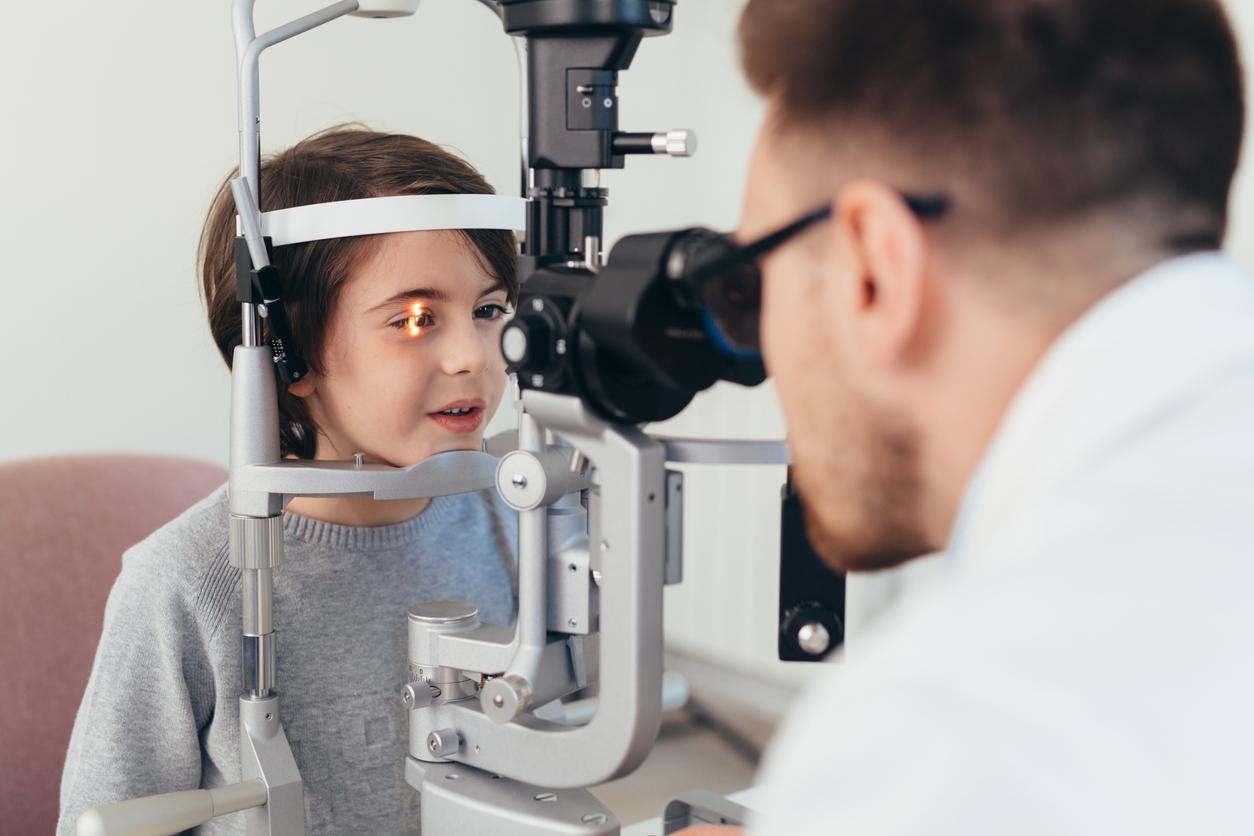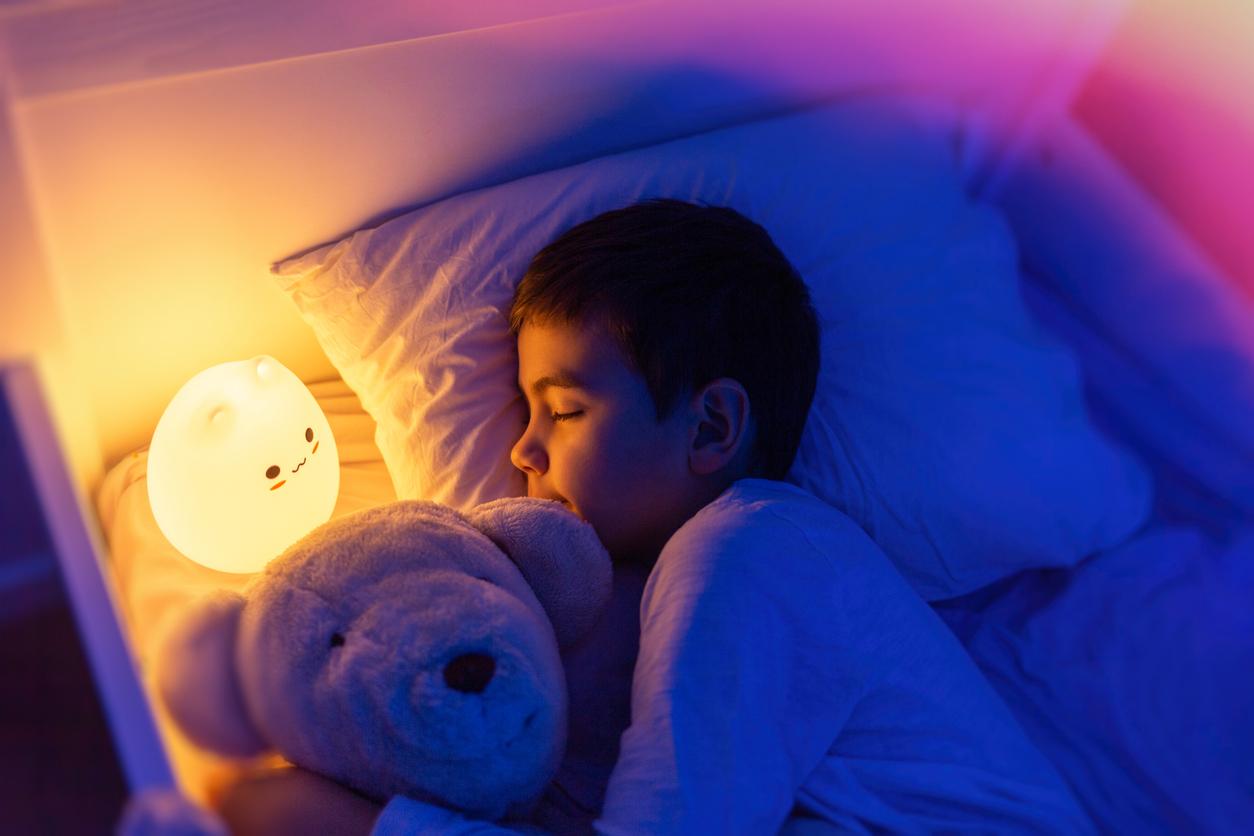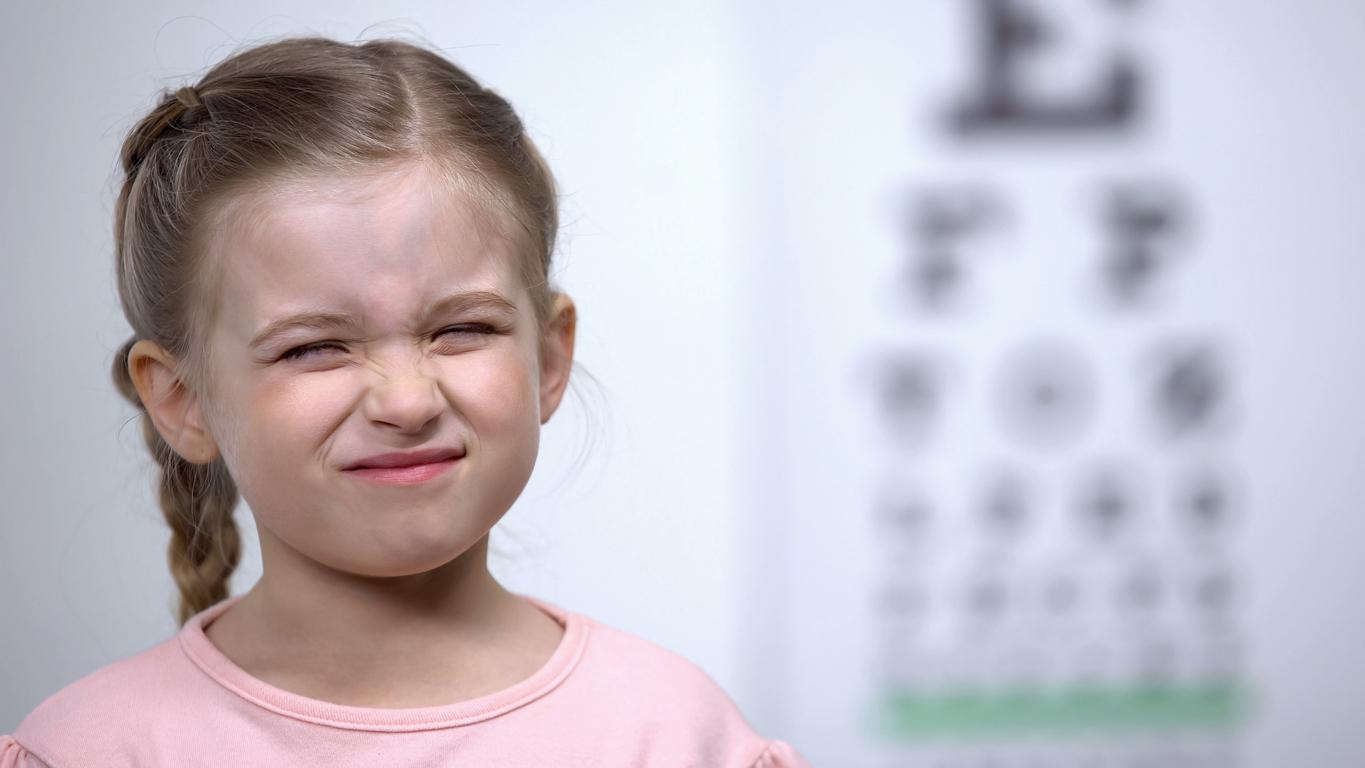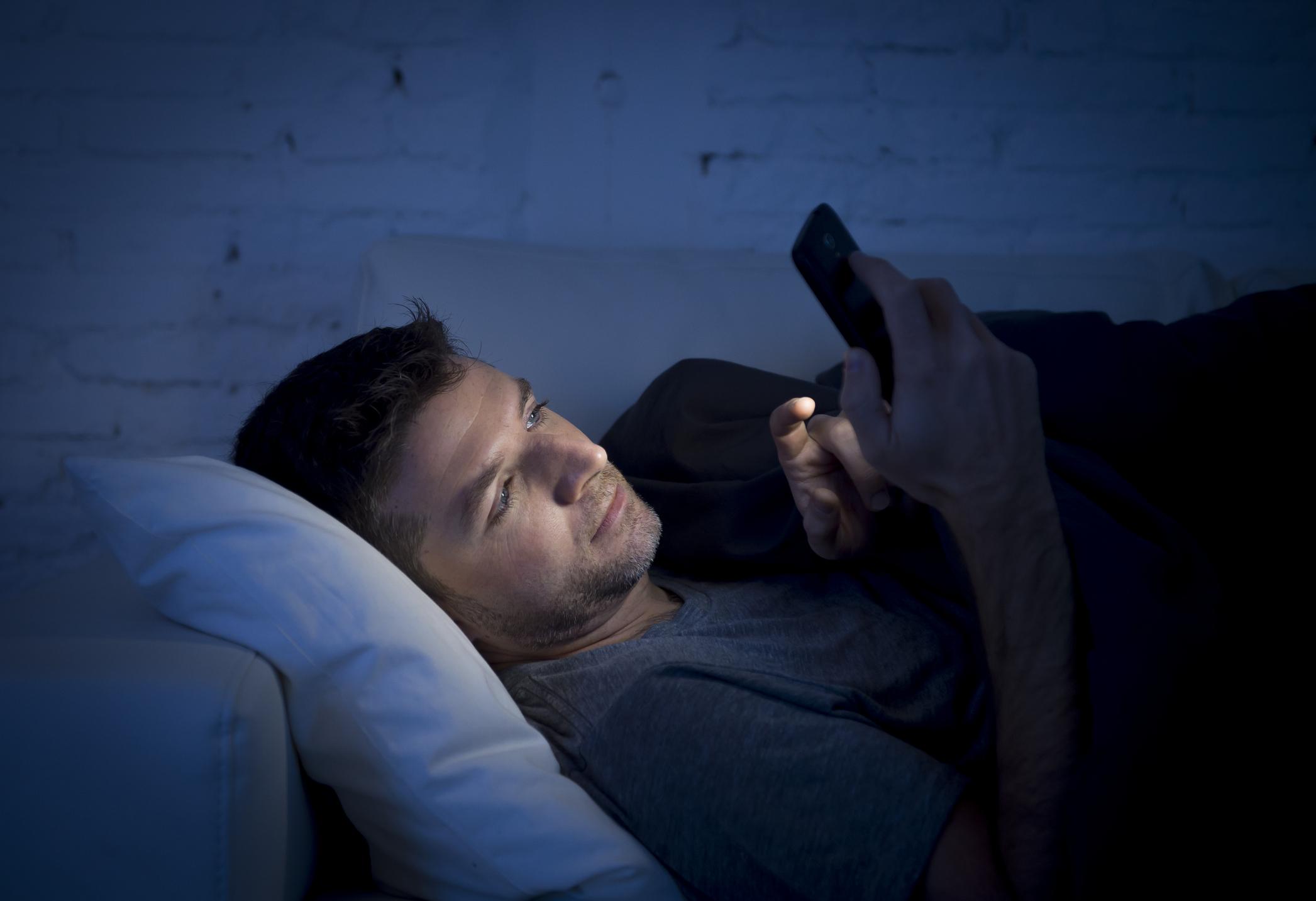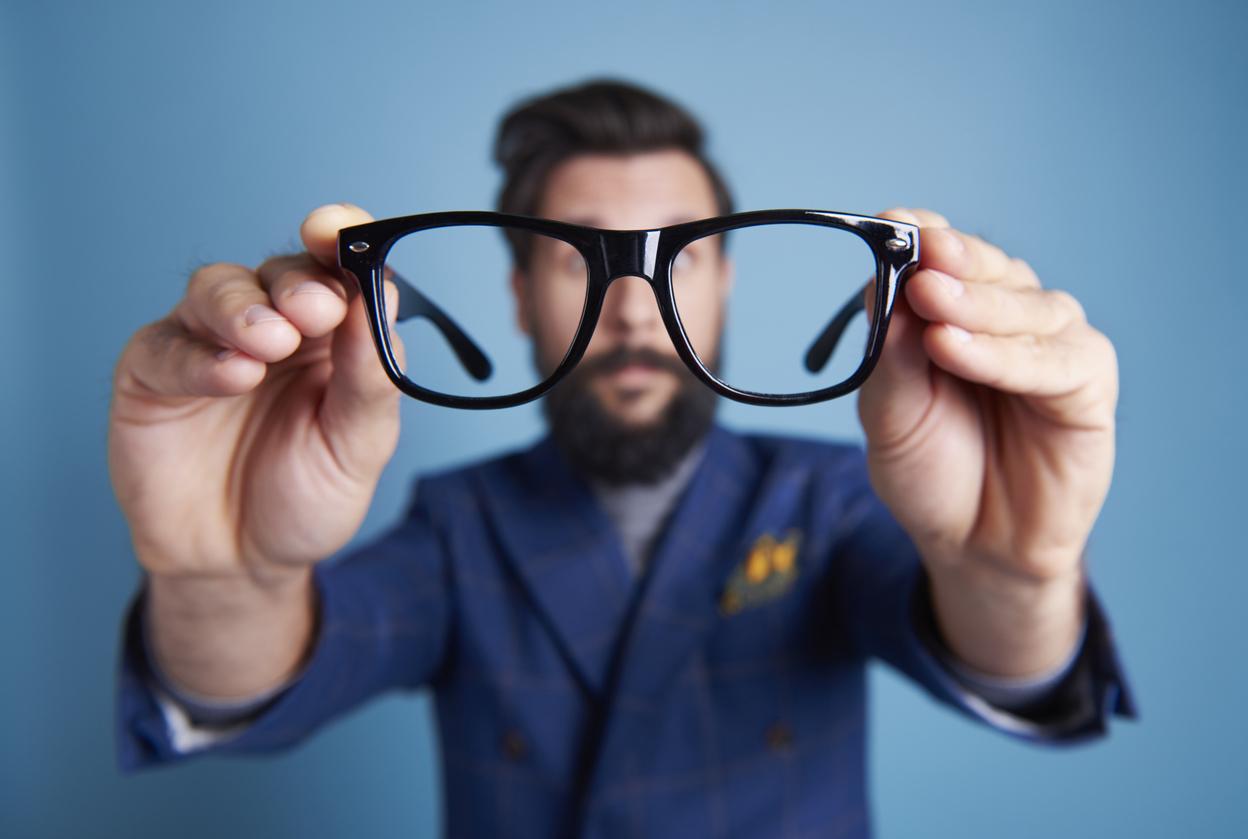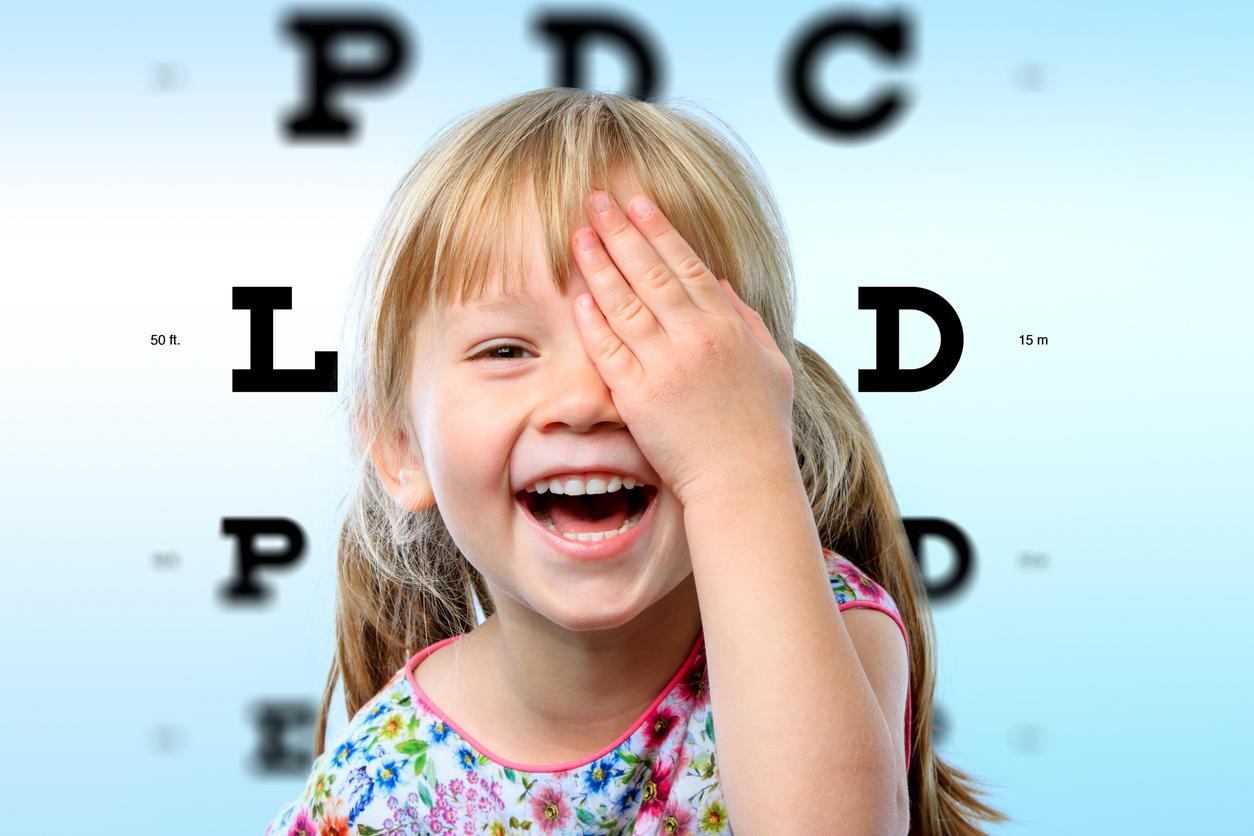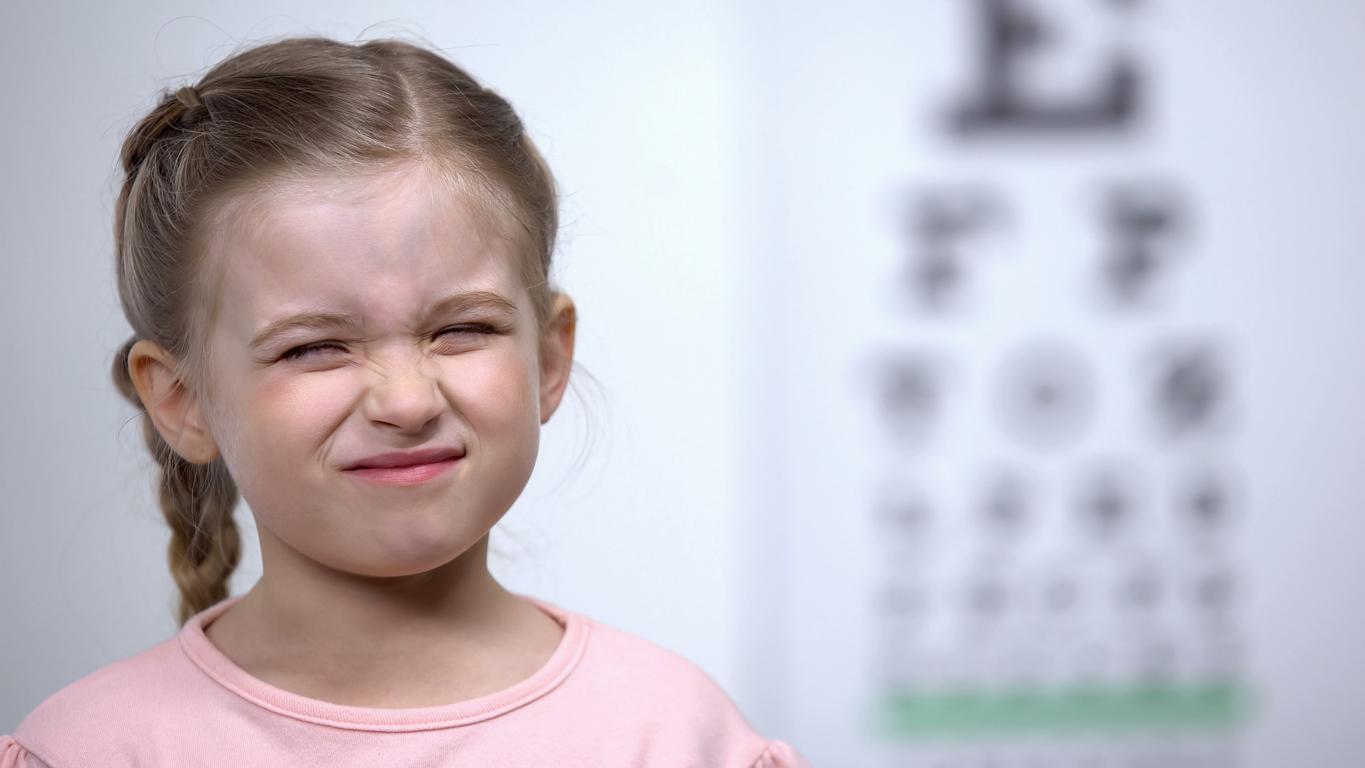According to an Australian study, people with myopia are more likely to have poor quality sleep. The cause: delayed circadian rhythms and a lower production of melatonin. Explanations.
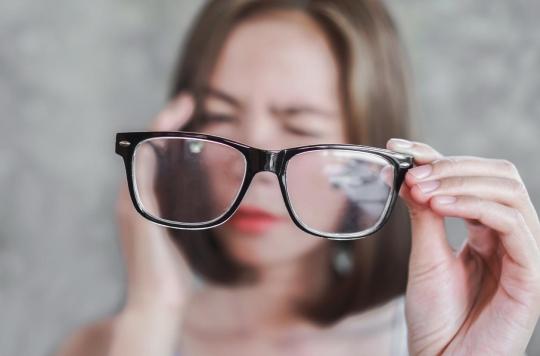
- Nearsighted people tend to fall asleep later and have lower quality sleep, the study finds.
- According to the researchers, this poor sleep is due to shifted circadian rhythms and a lower production of melatonin.
- The use of screens is widely singled out: by emitting blue light, they delay sleep and are also responsible for the sharp increase in cases of myopia among young people.
Nearsighted people are more likely to sleep poorly at night than those with clear near vision. This is the conclusion reached by researchers at Flinders University, Australia. In a study published in the journal sleeping, they link sleep disturbance and the development of myopia. According to them, nearsighted people sleep less well due to shifted circadian rhythms and lower production of melatonin, a hormone secreted in the brain and responsible for regulating sleep at night.
Out of sync circadian rhythms
“Disturbances in circadian rhythms and sleep due to the arrival of artificial light and the use of light-emitting electronic devices for reading and entertainment have become a recognized health problem in several fields, but their impact on eye health has not been studied extensively, explains Dr. Ranjay Chakraborty, an optometrist at Flinders University’s Caring Futures Institute. These results provide important evidence that optimal sleep and circadian rhythms are not only essential for general health, but also for good vision.”
To determine the link between myopia and poor sleep, the researchers measured the circadian rhythm and the production of melatonin in myopic people, as well as in subjects with normal sight. All the participants were university students in their twenties.
According to Dr. Chakraborty, melatonin levels were measured in participants using saliva and urine samples, and myopic young adults had significantly delayed circadian rhythms and lower melatonin production than participants. with normal vision.
Screens, responsible for myopia and poor sleep
Myopia is a vision disorder that results in blurred vision from afar and sharp near vision. This condition is caused by excessive elongation of the eye during childhood. As a result, light rays entering the eye focus in front of the retina and not directly on it, resulting in blurring.
Usually appearing in children around the stage of puberty, myopia can also appear at any age in early childhood. According to a study published in the journal Ophthalmology in 2016, the prevalence of myopia in 2000 was 22.9% of the world population. It will be 50% in 2050. In question, according to the researchers: excessive use of screens, which promotes the appearance of myopia. Hence the need to reduce children’s exposure to screens in order to reduce the risk of progression of myopia during their youth. “Adequate sleep is essential for children’s learning, memory, sustained attention, academic performance and general well-being during their early development”emphasizes Dr. Chakraborty, who recalls that “many digital devices emit blue light, which can suppress melatonin production and delay circadian rhythms at night, leading to delayed and poor sleep”.

.








